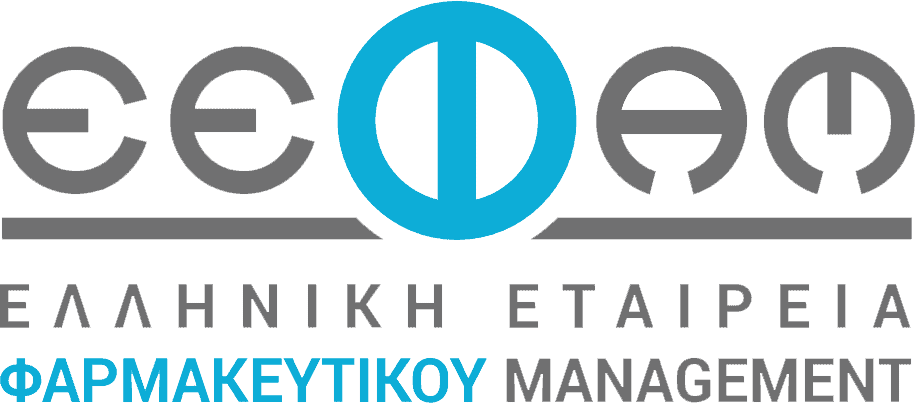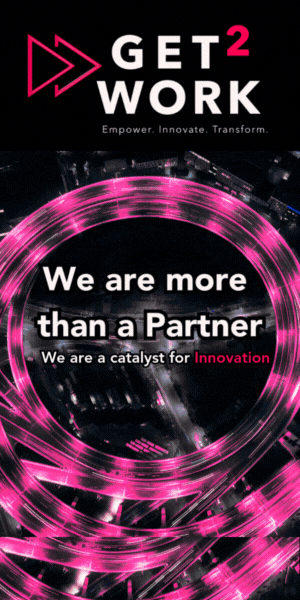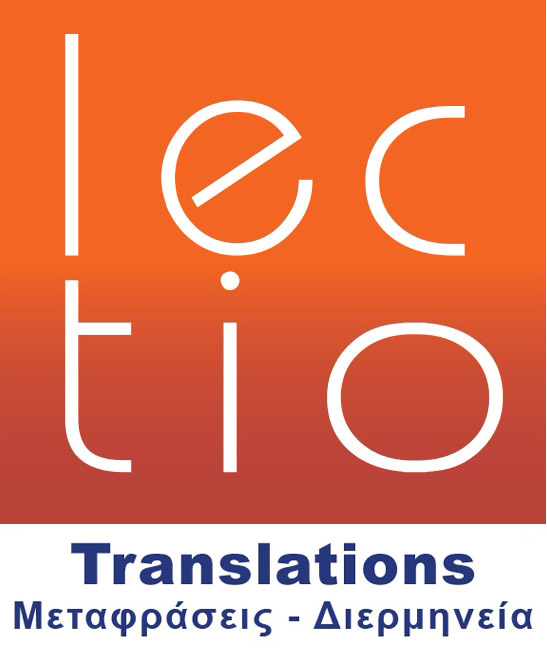Blog
Blog
Putting people at the center of the R&D talent model in life sciences

We are in a moment of vast potential in life sciences—of diversified investments, breakthrough discoveries, and rapid expansion of therapeutics into new modalities and platforms. And AI is increasingly enabling data-driven decision-making across the product life cycle, from AI-supported drug candidate selection to real-time clinical trial site monitoring.
However, overall industry productivity—whether measured in terms of speed, cost-effectiveness, or ROI—has been stagnant for decades.1 While there are undoubtedly multiple causes of that stagnation, our experience suggests one cause is that biopharma has largely failed to reinvent its talent model to meet the challenges and opportunities of a rapidly changing biopharma ecosystem.
Leaders want to deliver on the promise of emerging knowledge but often struggle with a lack of internal alignment, including different assumptions about the shape of the future R&D portfolio, reactive resourcing, and unclear long-term talent needs. Indeed, many biotech and pharma companies today are asking themselves the following questions: What capabilities are key to innovation? How should we source or build these capabilities? And how can we attract and retain the necessary talent?
To better understand what life sciences companies are looking for and how the makeup of the workforce is evolving, we analyzed nearly one million LinkedIn job listings for R&D roles posted between 2020 and 2024 from about 150 organizations. From those same companies, we also evaluated about 300,000 LinkedIn profiles of R&D employees in 2023 and about 350,000 profiles in 2024. The results paint a picture of talent supply and demand in the industry. Furthermore, we surveyed about 700 R&D professionals to understand workers’ current sentiments (see sidebar, “About the research”). The rest of this article explores our findings and what they mean for organizations looking to build a distinctive talent model that drives R&D success.
The skills reported by the workforce are weighted toward foundational skills and experiences needed to drive R&D, including chemical synthesis, clinical site management, and statistical analysis. Specifically, more than 40 percent of R&D professionals report skills related to biochemistry, in contrast to only 4 percent of professionals with experience in areas such as metabolomics and transcriptomics. Additionally, more than a quarter report experience in statistical analysis, and about 50 percent report experience with site management and operations in subfunctions such as clinical operations. Meanwhile, only a fraction report skills associated with AI or digital trial enablement.
However, our analyses of job postings reflect shifts in R&D strategy, with demand for rarer digital skills increasing by two to three times over the past five years. We observed a threefold increase in job postings requesting AI skills and a twofold increase in jobs requesting digital trial enablement skills. In contrast, demand has been relatively steady for foundational skills in research (such as statistical analysis) and development (such as site management and operations).
While the percentage of R&D professionals reporting specific skills hasn’t significantly shifted in the past year, the absolute number of professionals with skills related to AI and machine learning is growing. This increase may be due to both an influx of professionals from other fields and the development of existing R&D talent; the relative availability of skills is growing faster than the growth of the talent pool. For example, availability of AI skills grew 26 percent from 2023 to 2024, while the overall talent pool increased by 15 percent.
R&D professionals perceive internal collaboration as a key driver of innovation and perceive their organization to be focused on supporting collaboration. However, companies appear to promote collaboration by prioritizing proximity, which professionals do not think is critical. Additionally, survey respondents believe nonbureaucratic environments and intellectual freedom are vital drivers of innovation but do not see their organization prioritizing these factors. This suggests a need to address behaviors and culture across the organization.
R&D professionals are interested in developing a broad R&D toolkit. Half of survey respondents prefer breadth of exposure over depth of expertise; on average, R&D professionals are exposed to two to three R&D subfunctions during a career. However, most professionals work within only one subfunction per company, so most take on new roles in new organizations to broaden their experience.
Nearly two-thirds of R&D professionals are also interested in being managers. However, most of these aspiring future leaders felt that their organization was not supporting them to achieve this—specifically, that training in social and emotional skills was lacking. Many R&D professionals also report ineffective training for clinical and scientific skills, suggesting that traditional onboarding processes need a revamp.
Nearly 60 percent of R&D professionals are at least somewhat likely to leave their current jobs within the next three to six months. This is significantly higher than the 33 percent of the broader life sciences workforce that reports feeling the same. Forty percent of those likely to leave indicated lack of career development (such as inability to achieve goals) as a top-three reason for leaving; this was especially important to people in middle and upper management. Furthermore, roughly one-third of respondents pointed to inadequate total compensation and disengaged, uncaring, and uninspiring leaders as key factors driving attrition, with approximately 40 percent feeling that their work remains unrecognized by managers.
Our analysis of more than 200,000 role changes by R&D professionals in 2024 indicates that talent often stays in the field of life sciences. Fifty-eight percent of R&D professionals took a new job at a pharmaceutical company, 11 percent joined a social sector organization, and 7 percent started a position within the medical products space. When asked why they accepted a new role, R&D professionals prioritized total compensation, career development and advancement potential, meaningful work, and workplace flexibility.
Building a talent model for R&D success
Organizations have been largely relying on external recruiting to evolve their people model, but they need a more holistic solution. To build a distinctive talent model that drives R&D success, leading life science organizations should ask the following questions:
Do we have the right workforce for the future? Strategic workforce planning is essential to get the right talent in the right place to meet the demands of the evolving R&D portfolio, thereby positioning organizations for sustained success in a competitive landscape. Dynamic organizations proactively consider and define future demand for capabilities and roles based on the evolution of the portfolio. Given that capabilities where demand is similar to supply will likely face heightened competition for talent, a comprehensive approach is needed to measure and secure these critical skills. This includes sourcing specific capabilities for emerging modalities, such as cell and gene therapy, and ensuring the company has the necessary expertise in foundational skills, such as IT infrastructure and experience design.
Do we have the right elements to sustain this workforce? By offering clear, achievable career trajectories and fostering a culture of continuous learning and development, organizations can significantly enhance employee satisfaction and retention, ensuring that the workforce is equipped with the necessary skills and experiences to support the future R&D portfolio. Companies could embed a compelling employee value proposition (EVP) for priority capabilities and roles into both attraction and retention tactics.2 This EVP should be a pitch for working at the company that highlights great leaders, a great company, a great job, and great rewards. A strong EVP considers both current and future talent needs, emphasizing opportunities for growth, recognition, and supportive leadership. Biopharma companies can be highly transparent about what their ambitions are and demonstrate how a specific job profile can contribute to both making biopharma R&D faster, better, and cheaper and finding the right patients for medicines.
What is our fit-for-purpose strategy to build this workforce? Biopharma companies need to invest in programmatic and comprehensive learning journeys that move away from episodic interventions and to continuous learning. This involves coaching managers on the required capabilities: providing clarity, empowering and challenging their teams, fostering collaboration, and supporting the whole person. Managers must be held accountable for their role in developing talent. Additionally, empowering R&D professionals with learning tools and access to experts can significantly enhance their ability to take ownership of their development. By integrating tailored learning based on desired skills, external learning opportunities, and ongoing feedback and coaching, organizations can create a robust development ecosystem that motivates and equips the workforce for future challenges.
What environment will enable our workforce to thrive? Setting up cross-functional teams is crucial for breaking down silos and enhancing collaboration within organizations. Organizations must identify and set up specialized, high-performing teams tasked with leading the charge on critical projects, such as for new therapeutical approaches. These teams can clarify roles, mindsets, and accountability, thereby ensuring that collaborative efforts are both effective and aligned with innovation goals. Simplifying decision-making processes is also essential to overcoming the perceived bureaucracy and slow execution speeds that plague R&D in comparison to the broader life sciences sector. According to our research, R&D is perceived as 1.5 times more bureaucratic and has a perceived 1.1 times slower execution speed than the combined pharmaceutical and medtech averages. To achieve this, organizations must optimize their organizational structure, behaviors, and skills to drive decisive and transparent decision-making. Last, 85 percent of innovation leaders report that fear often or always holds their personnel back from innovation.3 A thriving workforce requires a cultural reset that catalyzes an outcomes orientation and a discovery mindset.
R&D organizations face a fierce battle for the most important skills, particularly in specialized areas such as AI and machine learning and in novel modalities such as cell and gene therapy. By strategically managing talent and creating a supportive environment, organizations can continue to drive innovation at the pace required to deliver on the promises of modern science.
About the author(s)
Brandon Parry is a senior partner in McKinsey’s Washington, DC, office; Lucy Pérez is a senior partner in the Boston office; Steven Aronowitz is a partner in the Denver office; Dominika Swieboda is a consultant in the Atlanta office; Joycelyn Yip is a consultant in the Los Angeles office; and Lucia Darino is an associate partner in the New York office.













